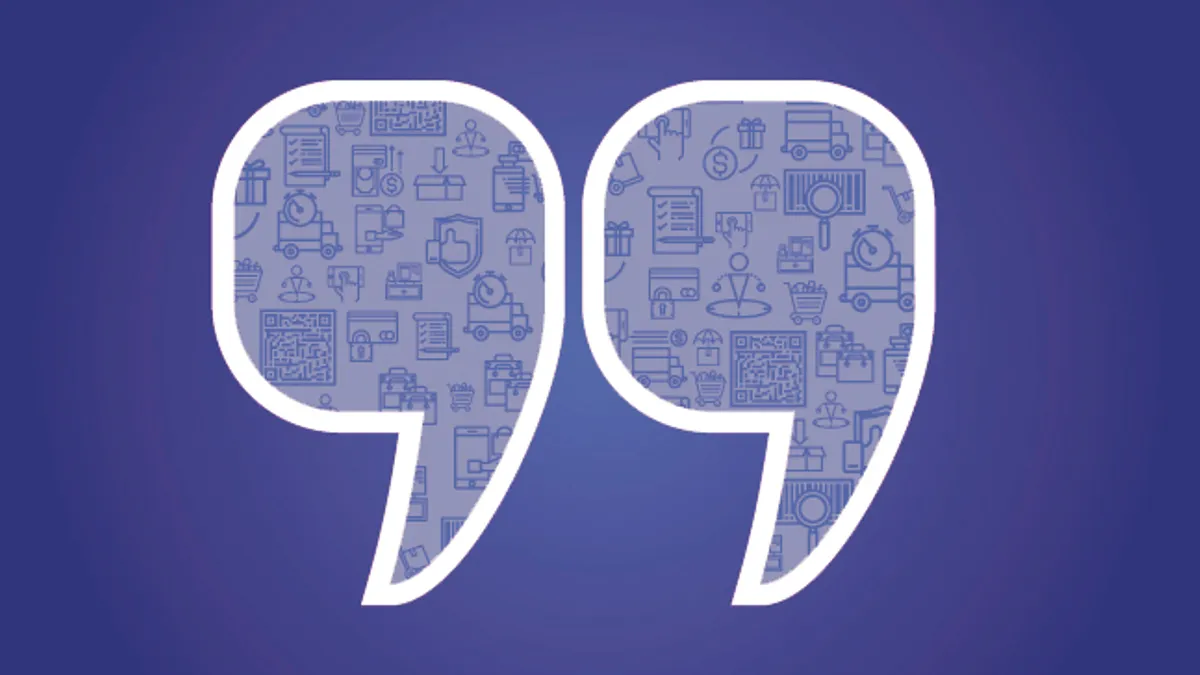It’s no secret that one of people’s least favorite parts of the grocery shopping experience is waiting in long checkout lines. And despite advancements in automated technology to make the checkout experience faster and easier, it’s still often cited as the No. 1 reason people dread going to a store.
Amazon believes it has solved the problem with the introduction of Amazon Go, an innovative concept that’s being piloted in a downtown Seattle grocery store that lets customers walk in, grab food from the shelves and simply walk out again, without ever having to wait in a checkout line.
According to a spokesperson at Amazon, the checkout-free shopping experience is made possible by the same types of technologies used in self-driving cars: computer vision, sensor fusion and deep learning.
“With our Just Walk Out Shopping experience, simply use the Amazon Go app to enter the store, take the products you want, and go,” the spokesperson said by email. “It automatically detects when products are taken from or returned to the shelves and keeps track of them in a virtual cart.” Once completed, Amazon will charge a consumer’s account and email a receipt.
"This is a hybrid of online shopping and in-person shopping catering to the customer who still wants to physically browse but values their time too much to wait on a checkout line,” Greg Wank, partner in charge of the Food & Beverage group of accounting firm Anchin, Block & Anchin, told Food Dive in an email. “The way people want to shop is a very personal thing. Like most technology shifts, there will be early adopters followed by people won over by positive reviews and feedback. Consumers will have increasing choices on when, where and how they can do their grocery shopping, which can only be good for the consumer.”
Brian Cohen, head of Catapult’s eCommerce practice noted that while Amazon Go is “a sexy innovation,” it’s quite frankly not all that new.
“Wal-Mart had a beta test of similar technology many years ago where all items in the cart would be scanned at once, rather than scanning each item or dealing with a checkout clerk,” he told Food Dive in an email. “The popular opinion is that it will drive decreases in the workforce more than anything.”
The future is now
Many analysts feel the grocery industry is ripe for change. Consumers’ habits have changed dramatically, and grocery chains have not necessarily kept up. Automation of the customer experience and the removal of friction when buying groceries could bring a true sea change in the category.
Nels Stromborg, executive vice president of Retale, a location-based shopping platform aggregating weekly circulars from over 110 top retailers for mobile and digital devices, noted that Amazon has a history of moving into marketplaces and making a massive impact.
“When they commit, the resources at their disposal are substantial, and they have the scale to ultimately ride out the war,” he told Food Dive. “Because everything in the store must be trackable, Amazon now utilizes a data stream that captures what consumers are doing in the physical world. Very few retailers, if any, use data better than Amazon to enhance the consumer experience rapidly. If you shop there enough, eventually Amazon will predict those consumption habits with a great deal of accuracy.”
Gaurav Johri, senior vice president and head of platform solutions at Mindtree, expects other grocery retailers to follow suit with innovative formats possibly under new brand extensions.
“While this will pressure retailers to think differently, it does not imply that Amazon will grab market share overnight,” he told Food Dive. “These stores will take a while to roll out and it remains to be seen how accurate and seamless the actual experience will be. The cost economics of the new model also needs to be understood.”
Pros of automation
Considering the current method grocery retailers use to solve checkout line problems, many have spent millions on machines where consumers can scan their own items. If the scanning technology fails, human assistance is required, and resolving these issues can take quite a bit of time. Under this model, consumers must also bag their own groceries and use automated devices to pay.
The experience Amazon is showcasing appears to completely remove this shopping process time-suck.
“The consumer does not need human assistance at checkout. You don’t need cash or credit cards, just your phone and an Amazon account,” Stromborg said. “You take the things you want, walk out of the turnstiles and go. The experience is more efficient.”
Plus, the cost of labor will most likely be dramatically reduced thanks to automation.
Amazon Go has focused on using technology to remove significant points of inconvenience. In the same vein, other grocers will need to focus on specific goals before automating the store experience.
“In general, the grocery shopping experience is largely about finding the right product easily, at the right price and finishing the purchase seamlessly,” Johri said. “There are a plethora of technologies that retailers are experimenting with, like using AI for making smart shopping lists, hyper-personalized offers based on the physical location and shopping behavior of customers, in-store navigation, and leveraging video analytics for queue busting, among others.”
Oliver Guy, global industry director for retail at Software AG, said the biggest value is created when multiple technologies are combined to drive real operational efficiency and a streamlined customer experience, which is exactly what Amazon Go is attempting.
“This is not an easy undertaking, however, as it relies on robust device and system integration and process orchestration, along with the need to be able [to] monitor the vast amounts of specific device and system related events that are taking place,” he told Food Dive in an email.
The grocery experience
What makes Amazon Go potentially revolutionary is that consumers still have the full “grocery experience” — meaning it is a traditional brick and mortar store where they can pick out all their own produce and meat.
“Providing unparalleled speed and convenience is definitely a very smart direction,” Johri said. “Amazon also seems to be in a position to minutely track an individual’s shopping behavior in the store like never before, and it will be very interesting to see how Amazon leverages those insights to personalize the store shopping experience and improve merchandising and assortment planning.”
Amazon will always be cognizant of where they open Amazon Go locations, analysts agree. They will likely start with a focus on urban areas with younger demographics who are always on the go. In turn, those consumers should respond well.
“Aggressive in nature, Amazon Go’s plans to rapidly grow in the U.S. will only perpetuate the extremely positive media coverage they are receiving,” Guy said. “Amazon Go will not be the end of the ‘American dream’ – it will simply provide customers with a highly automated experience aimed at fulfilling their needs on a more accurate level. To that point, it is safe to say automation and self-service will be well received by consumers.”
The impact on the competition
The grocery category is ripe for disruption, and with Amazon entering the category with this type of store, the landscape for innovation will likely be dramatically different.
“We’ve already seen retailers like Wal-Mart make huge progress in changing the way they go to business to adjust to the changing environment and expect more to follow,” Stromborg said. “True technological disruption makes an experience so much simpler or enjoyable that almost overnight, the consumer just refuses to go back to the old experience.”
While other retailers might be tempted to jump on the bandwagon, Johri believes they will be cautious and wait for the finer details like customer adoption rates, checkout accuracy, theft and cost economics to work out before making the leap.
“Most grocery retailers work around very thin margins. Investing and managing these would not be very easy,” he said. “However, we also believe this is likely to start a wave of technology and process innovations and improvements in providing better experience to shoppers and improving fulfillments.”
Guy noted Amazon Go will further increase pressure on existing retailers to improve operational efficiency while gleaning — and making use of — data from customer behavior.
“I suspect that retailers will start small but experiment with different technologies that enable this kind of approach. This means some very careful investments in new capabilities will be needed,” he said. “Key to making this work is being able to link together, and orchestrate between, many different tools and technologies in real-time while also monitoring and responding to customer actions. This will need vendor agnostic integration, process management and real-time analytics technologies that can scale as more capabilities are needed in the future.”
Cohen feels that while other retailers will try to emulate the experience — and some will succeed — it’s not this innovation in a vacuum that will make it successful.
“It’s the integration with all the other solutions that Amazon provides, alongside the personalized engine that they are building that will make it thrive. They can connect their vast empire online into a seamless experience across every channel the shopper can fathom,” he said. “Others are too small, have less loyalty, and play a less meaningful role in shoppers’ lives.”



















